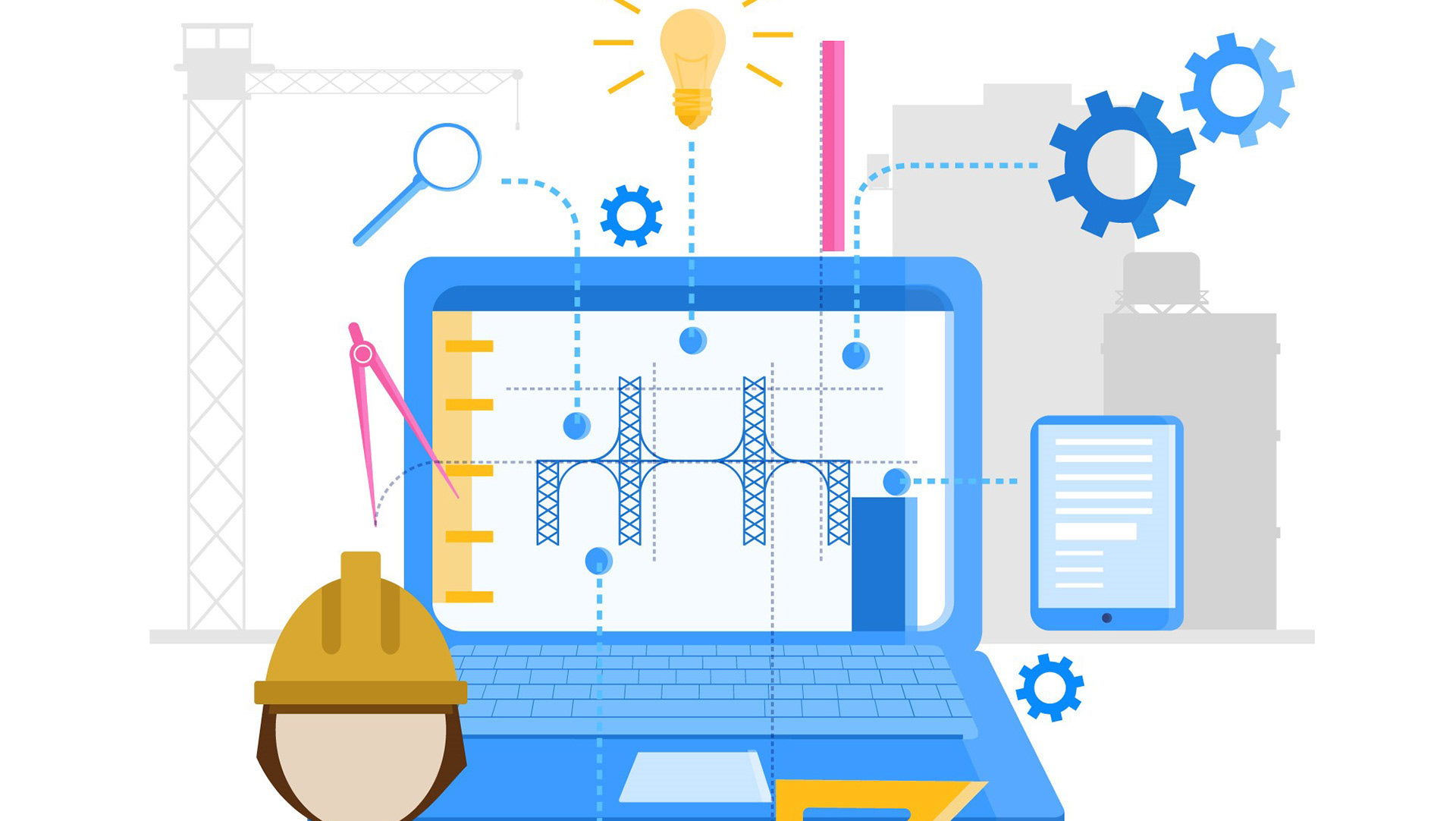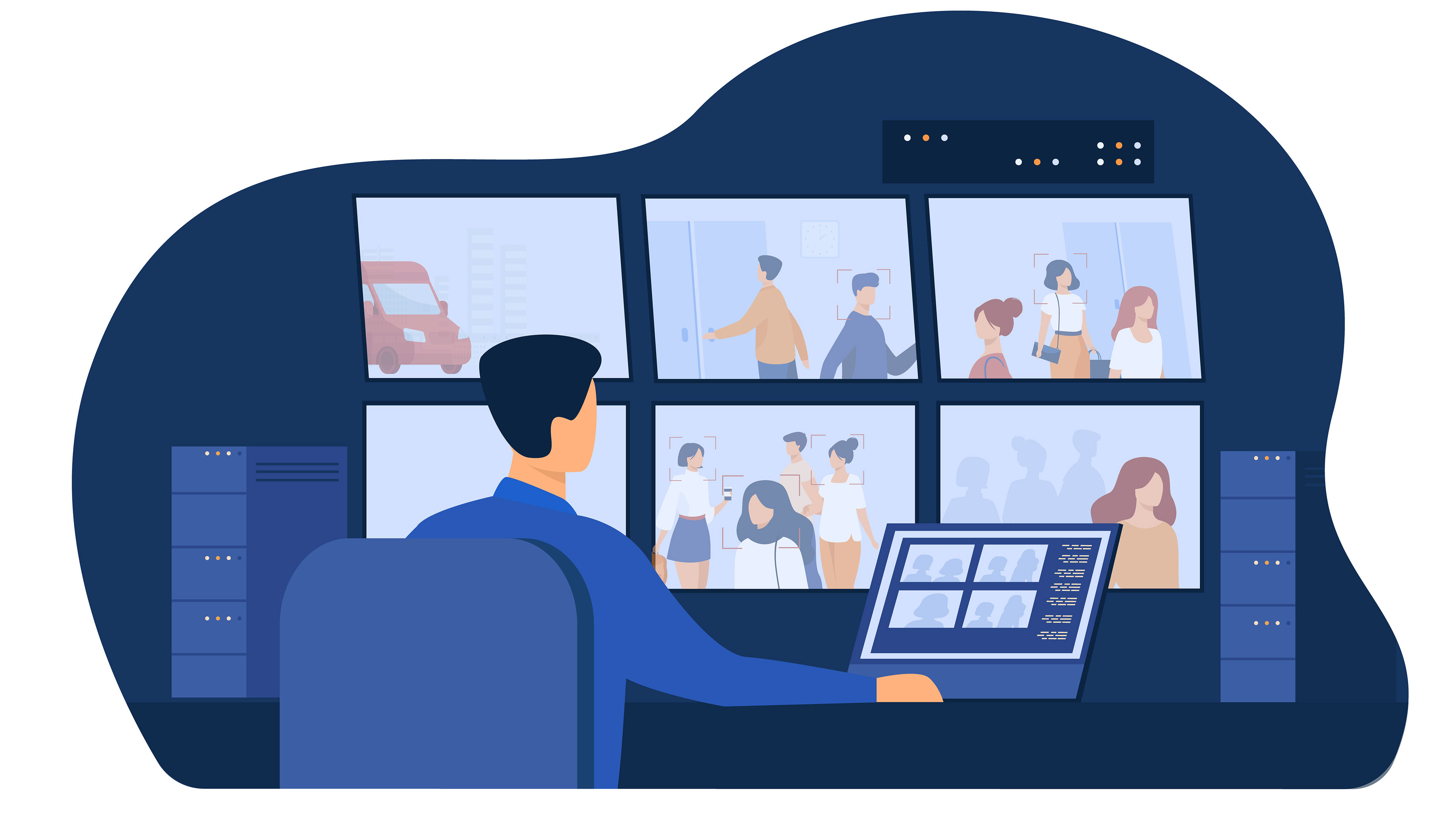

Offering training sessions for clients and end-users on how to effectively use a surveillance system involves several key components to ensure comprehensive understanding and usability. Here’s a brief outline of what these training sessions typically cover:
Basic Operation of the Surveillance System:
Introduction to the hardware components (cameras, monitors, storage devices).
Powering on and off the system and basic troubleshooting.
Navigating the user interface (UI) and understanding the layout.
Accessing Footage:
How to view live feeds from cameras.
Retrieving recorded footage from different periods.
Using playback controls (pause, rewind, fast forward) effectively.
Understanding Analytics Data (if applicable):
Explanation of different analytics features (motion detection, facial recognition, object tracking).
Interpreting analytics reports and alerts.
Configuring and adjusting analytics settings based on needs.
System Maintenance and Best Practices:
Regular maintenance tasks (cleaning cameras, checking connections).
Ensuring system security (password management, access control).
Upgrading firmware and software when necessary.
Hands-On Practice and Q&A:
Practical exercises to reinforce learning (such as simulating real-world scenarios).
Encouraging questions and addressing common issues faced by users.
Documentation and Resources:
Providing user manuals, guides, and troubleshooting tips.
Offering contact information for technical support.
Customization and Advanced Features (Optional):
Tailoring the training to specific needs or industry requirements.
Exploring advanced features like remote access, integration with other systems, etc.
By covering these areas in training sessions, clients and end-users can gain confidence in operating the surveillance system effectively, maximizing its potential for security and operational efficiency. The goal is to empower users to utilize the system to its fullest extent while ensuring security protocols and best practices are maintained.





